2010 Chevrolet Camaro

I can’t speak for the V8-powered Camaro SS, but in its base V6 guise the new Camaro is no sports car. Sure it looks like one of the coolest things to ever roll off an assembly line (at GM or anywhere), but that’s where the fun stops.
FAST FACTS
| 1. The new Camaro comes standard with a 3.6-liter V6 that makes 304hp and 273 ft-lbs of torque. |
| 2. Amazingly a car that looks this cool starts at just $22,995. |
| 3. Fuel-economy is an impressive 18/29 mpg (city/hwy) |
That being said, GM might have built a top seller. Here’s why. In the company’s promotional material it represents the new Camaro as two cars (V6 and V8) aimed at two different consumer groups (performance enthusiasts and life enthusiasts). The lifestyle buyer isn’t interested in a sportscar (not a true sportscar anyway); they want something that they can spend all Saturday afternoon washing in the driveway to the envy of their neighbors. They also want something that won’t be punishing (or expensive) to drive. This, to a certain extent, the car achieves.
Get a Quote on a New Chevrolet Camaro304 HORSEPOWER V6 GETS 29 HIGHWAY MPG
Being inexpensive to own, at just $22,995 ($26,995 CDN) for the base V6 model, the Camaro is also easy at the gas pump, with an incredibly efficient direct-injection 3.6-liter V6. Highway fuel-consumption is an impressive 29 mpg with 18 mpg in the city, which is vastly superior to the V6 Mustang’s 24/16 rating.
That V6 also delivers a good wallop of power with 304 horses on tap at 6400 rpm and 273 ft-lbs of torque from 5200 rpm. While that’s almost as much as the Mustang V8, the Camaro just didn’t feel all that fast. Chevy claims 60 mph will come in six seconds flat and while that sounds about right, it doesn’t feel like there’s much left over if you keep the pedal down. I have no doubt, however, that it delivers enough get-up-and-go for 90 percent of the buyers.
GM was smart in giving the car a great exhaust note too. A V6 rarely sounds this good.
INDEPENDENT SUSPENSION HELPS DELIVER COMFORTABLE RIDE
The drive of the Camaro is actually much more like a family sedan. It’s comfortable and quiet and would make for a great daily driver for most folks. Amazingly the ride quality is very smooth even with the optional and massive 20-inch wheels and low profile tires that come with a few aerodynamic enhancements in the RS package. (18-inch wheels are standard).
A major reason for the good ride is the fully independent suspension – something which certainly differentiates the new Camaro from American muscle cars from days gone by. Or even from some modern ones… you know who you are.
CRAMPED INTERIOR AND POOR OUTWARD VISIBILITY
For me, the car was less than comfortable because of how cramped the interior is. Only with the seat in its lowest position and reclined back further than I’d like did my head clear the roof. Vehicles without a sunroof probably give an extra inch of space, but at 6’1” I’m not exactly a giant.
It’s actually shocking that such a massive car could be so tiny inside. A lot of that, no doubt, has to do with what appears to be a definite case of form over function. The exterior of the Camaro may be beautiful, but that comes at a cost to the interior. Those short windows help give the car its look, but they also mean that the windshield is so small that the dash top is at the same height as the driver’s chin. And because I’m forced to sit so low the already massive front end of the car seems even larger, like I’m piloting an ’89 Caprice.
Side and rear visibility aren’t any better and to make matters worse the car is equipped with tiny side mirrors.
As for the quality of the interior, it’s just so-so. General Motors has had some incredible success with a whole new lineup of cars with genuinely nice interiors. They include the Buick Enclave, the Chevy Malibu and the Cadillac CTS. The new Camaro does not make the list.
The gauges do have a nice retro look, but fall a little short on execution. Another oddity is that the steering wheel mounted paddle shifters are actually just design pieces. You can still shift through the gears when in the manumatic mode, but instead of the fake paddles you use buttons on the back of the wheel.
The audio setup and climate controls are, however, all new parts. It’s refreshing to see GM didn’t just reuse the same knobs and buttons as on so many of its vehicles.
There are redundant audio controls on the wheel, which also has buttons for the standard cruise control system. The wheel is a tad large though – although it does come standard with leather (as does the shifter).
THE DRIVE
As already mentioned, out on the street the Camaro treats you well – if you fit inside. The suspension soaks up the bumps, but isn’t overly soft. We’d prefer the stiffer springs and roll bars that come with the V8, but the V6 setup does a decent job. Sure there’s a good bit of body lean in corners, but you never have that one point where the car body just tips over. It’s a progressive lean.
A 52/48 weight distribution helps give the chassis a decent stable feel. Still, hard driving is more limited by a lack of outward visibility (and, therefore, confidence) than the car’s suspension.
The vehicle isn’t overly heavy, although its no light weight at anywhere from 3,700 to 3,800 lbs, depending on trim and transmission. That’s at least 300 lbs more than a V6 or V8 mustang.
That weight does counteract the big horsepower number but again, for the lifestyle buyer that 300+ number is all that matters.
Even with all that weight the brakes work well. They don’t feel it at first, but once you get on them they react.
SAFETY: SIX AIRBAGS AND STABILITRAK
In the safety department the new Camaro delivers with ABS brakes with brake assist and a slew of airbags. Included as standard are driver and front passenger front and side airbags as well as side curtain airbags for the front and rear. Also important is GM’s StabiliTrak system, which combines stability control and traction control to deliver maximum safety. Thankfully there is the ability to turn the system off in stages.
THE VERDICT
With the looks, the 300+ horsepower number, 29 highway mpg, a comfortable ride and an asking price of $22,995 the new Camaro delivers a lot in a certain area. Essentially what GM has done here is turn another big market trend on its head. While companies like Mercedes and Volkswagen are building four-door coupes, Chevy has created a two-door sedan. From that perspective, it’s incredible – or at least it would be if I could sit up straight in it.
It’s no wonder GM can’t seem to build enough of these cars fast enough to keep up with demand.
From a sports car perspective, however, things are very different. The excitement level is just ok, visibility is brutal, the interior is a bit of a let down and the package just doesn’t give the driver any confidence.
For the most part, much of this is due to the backwards engineering that goes into a car like this. When you have the opportunity to build a sports car from scratch, starting with a massive platform is the wrong way to go. Once that decision has been made you’re left spending all your engineering talent and dollars trying to minimize the car’s weaknesses rather than build up its strong points.
And on top of this problem, Chevy’s engineers had their hands tied by the designers. And as a result you have a really cool looking two-door sedan.
Lifestyle buyers are sure to love their shiny driveway decorations. Here’s hoping the V8-powered SS delivers.
PLUS
MINUS

With AutoGuide from its launch, Colum previously acted as Editor-in-Chief of Modified Luxury & Exotics magazine where he became a certifiable car snob driving supercars like the Koenigsegg CCX and racing down the autobahn in anything over 500 hp. He has won numerous automotive journalism awards including the Best Video Journalism Award in 2014 and 2015 from the Automotive Journalists Association of Canada (AJAC). Colum founded Geared Content Studios, VerticalScope's in-house branded content division and works to find ways to integrate brands organically into content.
More by Colum Wood













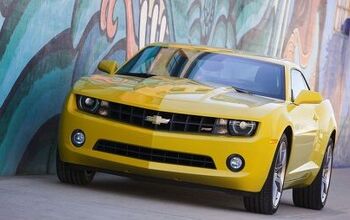




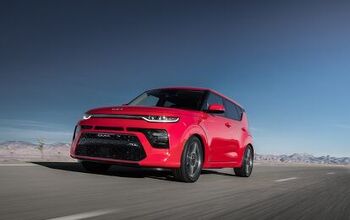

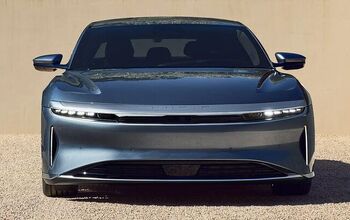
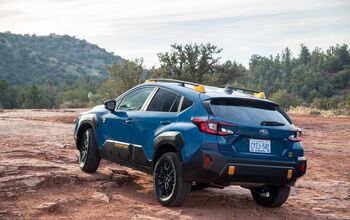


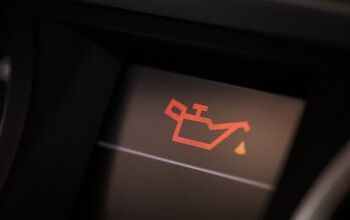





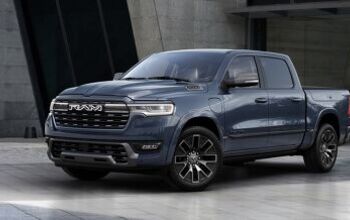
Comments
Join the conversation